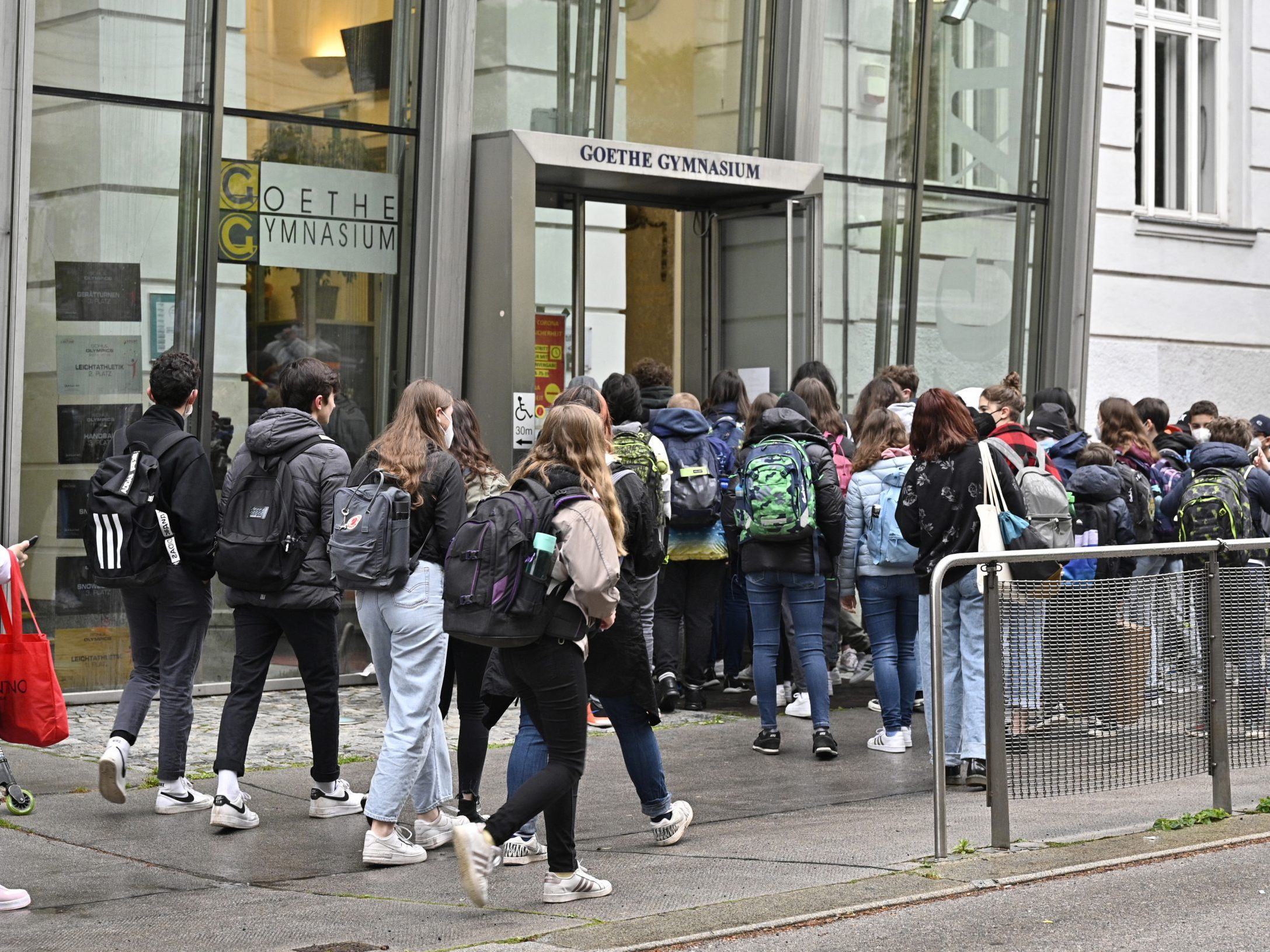Increase in Student Numbers Expected in the Coming Years

The expected increase of three percent is mainly attributed to a birth increase between 2014 and 2017, as well as recent immigration, especially from Ukraine, according to the announcement on Wednesday. From 2030/31, a moderate decline is expected, with the Ministry of Education speaking of "medium-term relief."
In primary schools, due to the decline in births from 2018, a decrease in student numbers is expected from the 2026/27 school year, according to documents from the Ministry of Education. The children of the strong birth cohorts from 2014 are already in primary school and are now gradually leaving it again, resulting in a decrease of around four percent over the next five school years compared to 2024/25.
Fewer Students in Upper Secondary and BMHS Only from 2035/36
In lower secondary education (AHS lower level, middle school), student numbers are expected to initially increase by three percent during this period due to the stronger birth cohorts from 2014, with a decline expected from 2030/31. In upper secondary education (AHS upper level, vocational schools, intermediate and higher vocational schools/BMHS), numbers are expected to rise by four percent until 2029/30, with the birth decline only impacting from 2035/36.

The extent of the development varies by federal state. The decrease in primary school students by the 2029/30 school year ranges from 1.5 percent in Salzburg to 6.9 percent in Vienna. In lower secondary education, an increase is expected in all federal states in the same school year, ranging from 2.8 percent in Carinthia to eight percent in Upper Austria. In upper secondary education, only Carinthia is expected to see a slight decrease at this time, while the other federal states are expected to see an increase of between three and five percent.
Medium-Term Student Decline Good Against Teacher Shortage
For the current school attendance forecast from 2025/26 to 2044/45, the microsimulation method was used for the first time based on register data, which can map the behavior of individual individuals over time. According to the ministry, this should enable significantly more accurate and realistic predictions, allowing the federal and state governments to plan resources proactively. For the forecasts, Statistics Austria presented a main forecast and two variants with different immigration developments. The forecasts for the next five school years can be considered "relatively accurate," according to the ministry.
Education Minister Christoph Wiederkehr (NEOS) expressed optimism in light of the expected development. "The expected medium-term decline in student numbers will help alleviate the teacher shortage and ease the care situation in schools," he said in a statement to the APA.
(APA/Red)
This article has been automatically translated, read the original article here.





